
Maria van Oosterwijck, Flower painter posters & prints by Wallerant Vaillant
Maria van Oosterwijck was painter born on 1630-08/1630-08-20 at Nootdorp and deceased on 1693-11-12 in Uitdam. Nederlands English Contact. Oosterwyck, Maria van Oosterwyk, Maria van Oosterwijk, Maria van. Qualifications painter. Nationality/school North Netherlandish. Born Nootdorp 1630-08/1630-08-20.

Maria van Oosterwyck Artwork for Sale at Online Auction Maria van Oosterwyck Biography & Info
Oosterwyck, Maria van (1630-1693) Dutch painter of flower pieces and still lifes. Name variations: Oosterwijk. Born on August 20, 1630, in Nootdorp, near Delft, Holland, the Netherlands; died in December 1693, near Uitdam; never married; no children. Although there are only two dozen extant works credited to the Dutch flower painter Maria van.

María van Oosterwijk y el bodegón floral. 3 minutos de arte
Assigning pictures to Maria van Oosterwijck. Maria van Oosterwijck far signed all her works. So did most artists of the 17th century either. For attributing an unsigned painting to Maria van Oosterwijck is a comparison of used painting styles and techniques necessary. Such a process is also required when paintings are signed.

Maria Van Oosterwijk Vanitas Still Life 1668 in Kunsthistorisc Editorial Image Image of design
Maria van Oosterwijck, also spelled Oosterwyck, (1630-1693) was a Dutch Golden Age painter, specializing in richly detailed flower paintings and other still lifes. Life and work [ edit ] Maria van Oosterwijck was born in 1630 in Nootdorp , a town located near Delft in South Holland , the Netherlands . [1]

Maria van Oosterwijk 'Still Life with Flowers' 17th century Maria van Oosterwijk [1630 1693
Flowers in a vase. Most of the flowers in a vase by Maria van Oosterwijck are a more compact type, in which stems an inappropriate role. In many of her paintings striped grasses, wheat or oars or a branch of honeysuckle can be seen as subtle methods of composition lines to enliven and strengthen. This is not an "invention" of Maria.
Maria van Oosterwijck (163093). Flower painter, Wallerant Vaillant, 1671 Rijksmuseum
Brotherhood [2018] Directed by: Meryam Joobeur. Written by: Meryam Joobeur. Produced by: Maria Gracia Turgeon, Habib Attia. Mohamed is deeply shaken when his oldest son Malik returns home after a long journey with a mysterious new wife. 'Vanitas Still Life' was created in 1668 by Maria van Oosterwijck.
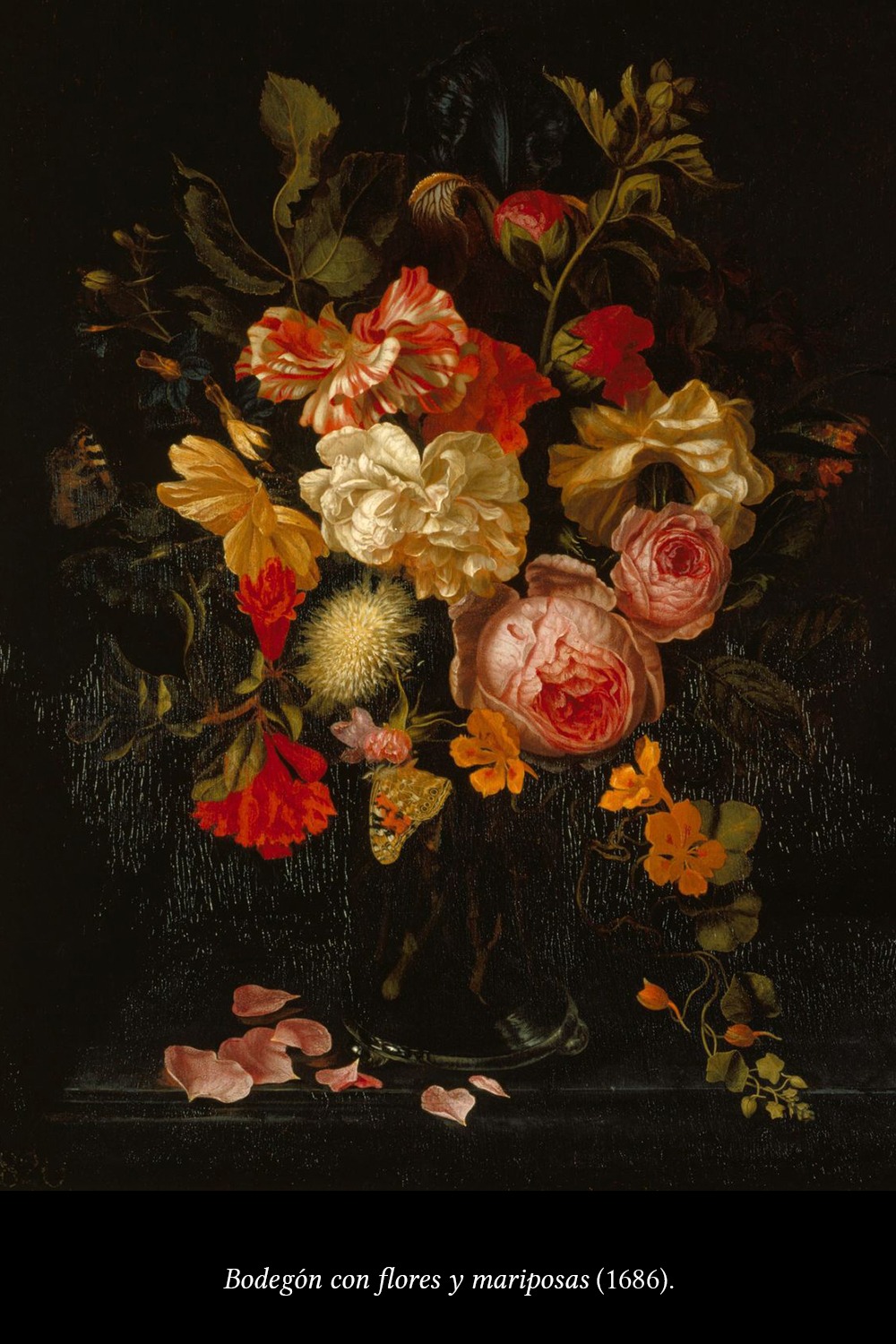
María van Oosterwijk y el bodegón floral. 3 minutos de arte
Media in category "Maria van Oosterwijck". The following 6 files are in this category, out of 6 total. Pieter Leermans - Unknown Lady as Mary Magdalene.jpg 1,601 × 2,126; 512 KB. Wallerant Vaillant - Maria van Oosterwijck 1671.jpg 1,800 × 2,247; 1.29 MB. Catalogus of naamlyst van schilderyen, met derzelven pryzen p 242.jpg 596 × 946; 99 KB.
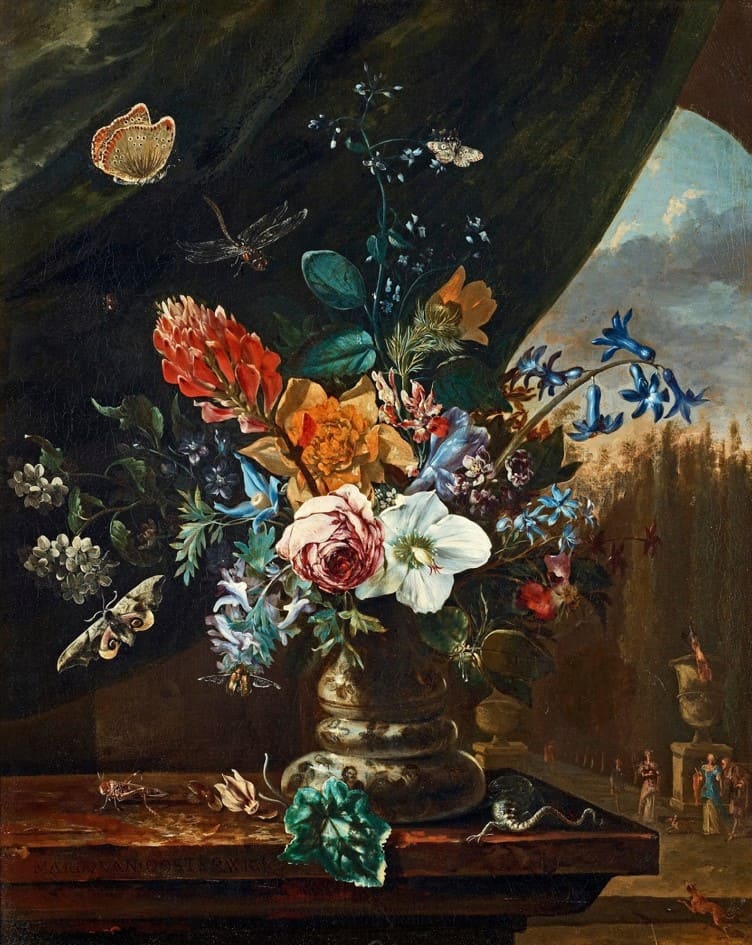
Художник Maria van Oosterwijk (1630 1693). Королева нидерландского натюрморта
Maria have made these paintings in the period between 1655 to 1668. One of the most beautiful paintings in this category is the painting "Vanitas", which is in the Kunsthistorisches Museum of Vienna located (see picture below first row, left). A much less known is another vanitas painting of Maria van Oosterwijck.

Mujerícolas Maria van Oosterwijk. Pintora del Siglo de Oro neerlandés
Maria van Oosterwijck. Maria van Oosterwijck, also spelled Oosterwyck, (1630-1693) was a Dutch Golden Age painter, specializing in richly detailed flower paintings and other still lifes. Maria van Oosterwijck was born in 1630 in Nootdorp, a town located near Delft in South Holland, the Netherlands. Her date of birth is generally listed as 20.

Maria van Oosterwyck Bouquet of Flowers in a Vase 1css fl uhr [1670] Denver AM GAP, GCI
Maria van Oosterwyck was born in Holland in 1630, the daughter of a well-to-do Protestant clergyman and his wife. She never married, though she was courted by another flower painter, Willem van Aelst. According to one source, van Aelst eventually gave up because she was so devoted to her career. Female artists were rare in the 1600s, but that.
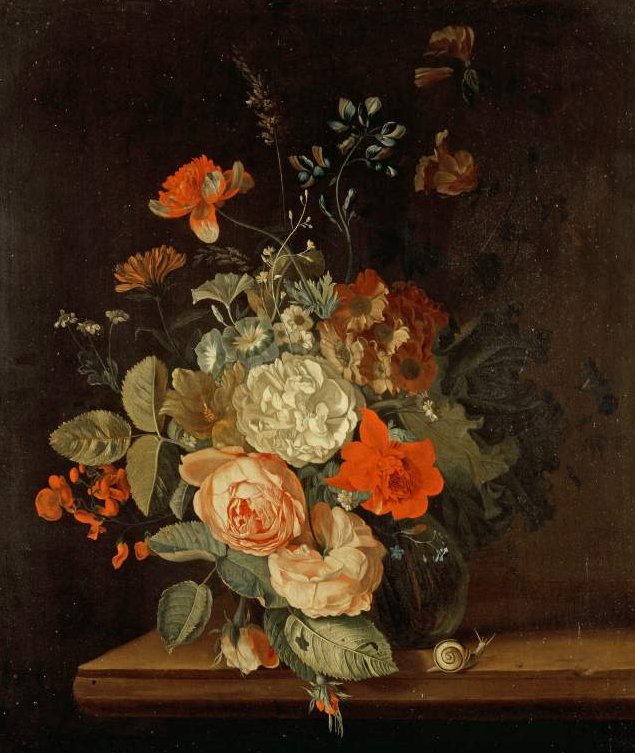
Viático de Vagamundo Flowers by Maria van Oosterwijk
Maria van Oosterwijck, ook Oosterwyck, (Nootdorp, 20 augustus 1630 - Uitdam, 12 november 1693) was een Nederlandse kunstschilder uit de barokperiode, die gespecialiseerd was in gedetailleerde stillevens.. Bosboom-Toussaint, A.L.G., De bloemschilderes Maria van Oosterwijk (Leiden, 1862)
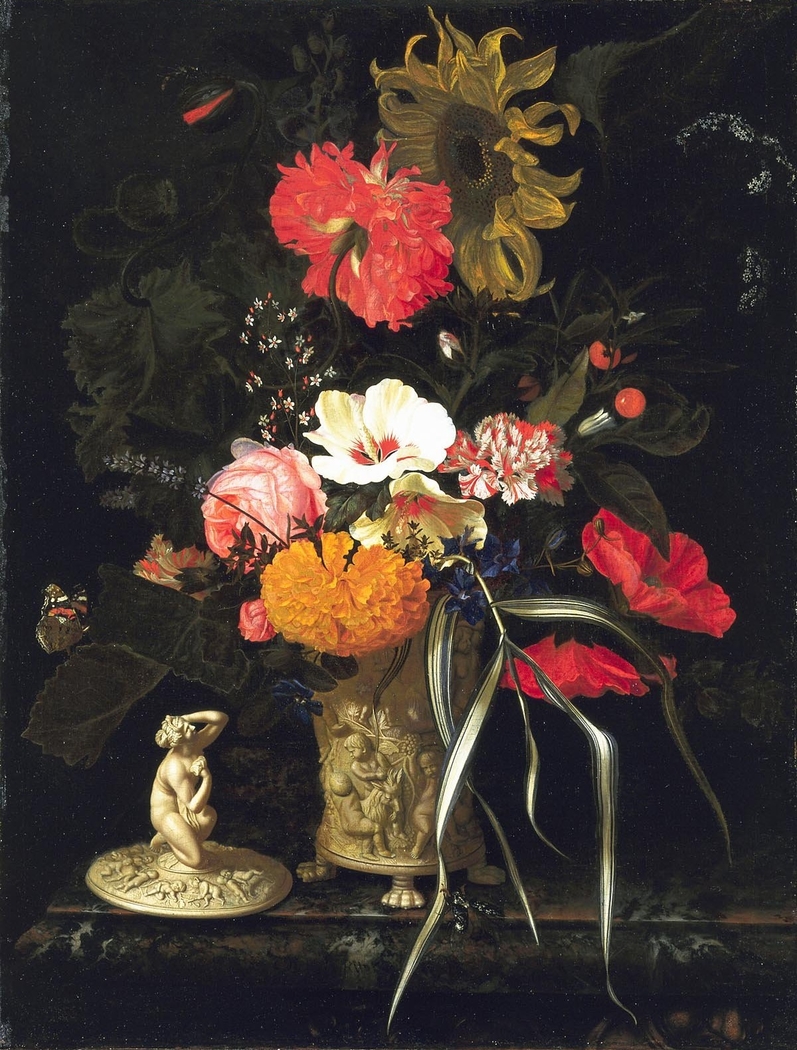
"Untitled" Maria van Oosterwijck Artwork on USEUM
Some viewers have seen a figure reflected in front of the window at the lower right. Featured Work: Flower Still Life Artist: Maria van Oosterwyck (1630-1693) Born near Delft, van Oosterwyck studied with noted still-life painter Jan Davidsz. de Heem. 6 In a display of marketing initiative unusual at the time, she hired an Amsterdam agent to market her work in Germany.

Maria van Oosterwijk
Maria van Oosterwijck. Dutch Golden Age painter (1630-1693) Upload media. Wikipedia. Date of birth. 20 August 1623. Nootdorp. Date of death. 12 November 1693.
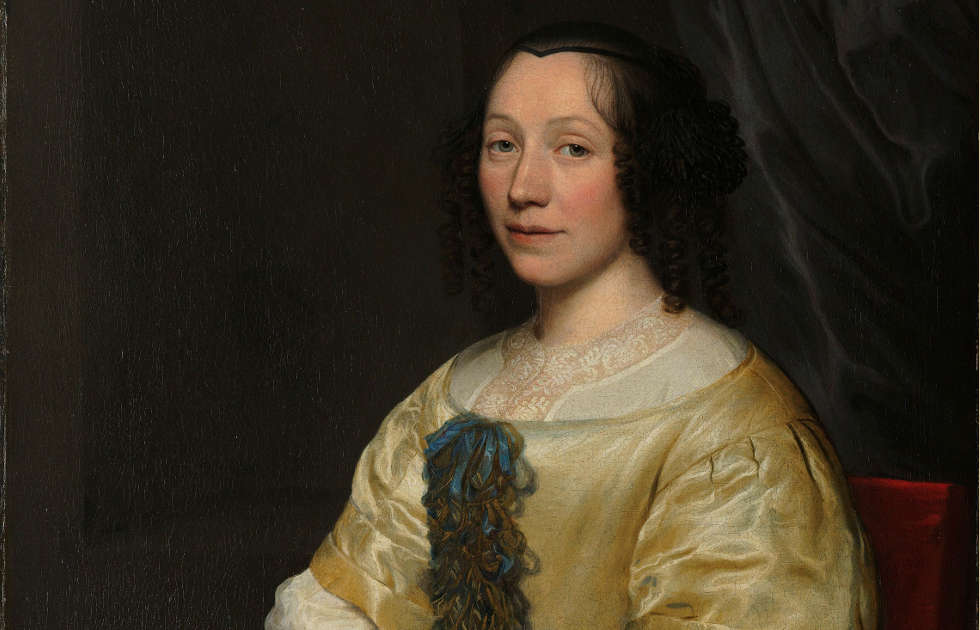
Maria van Oosterwijck nl. Blumenstilllebenmalerin des Barock AiW
Active in: The Netherlands Alternate names: Maria van Oosterwijk Biography. Maria van Oosterwyck was a Dutch Golden Age painter. She was born in Nootdorp near Delft and trained with the still life painter Jan Davidsz. de Heem. In 1666, she moved to Amsterdam and established a workshop across the street from the flower painter Willem van Aelst.
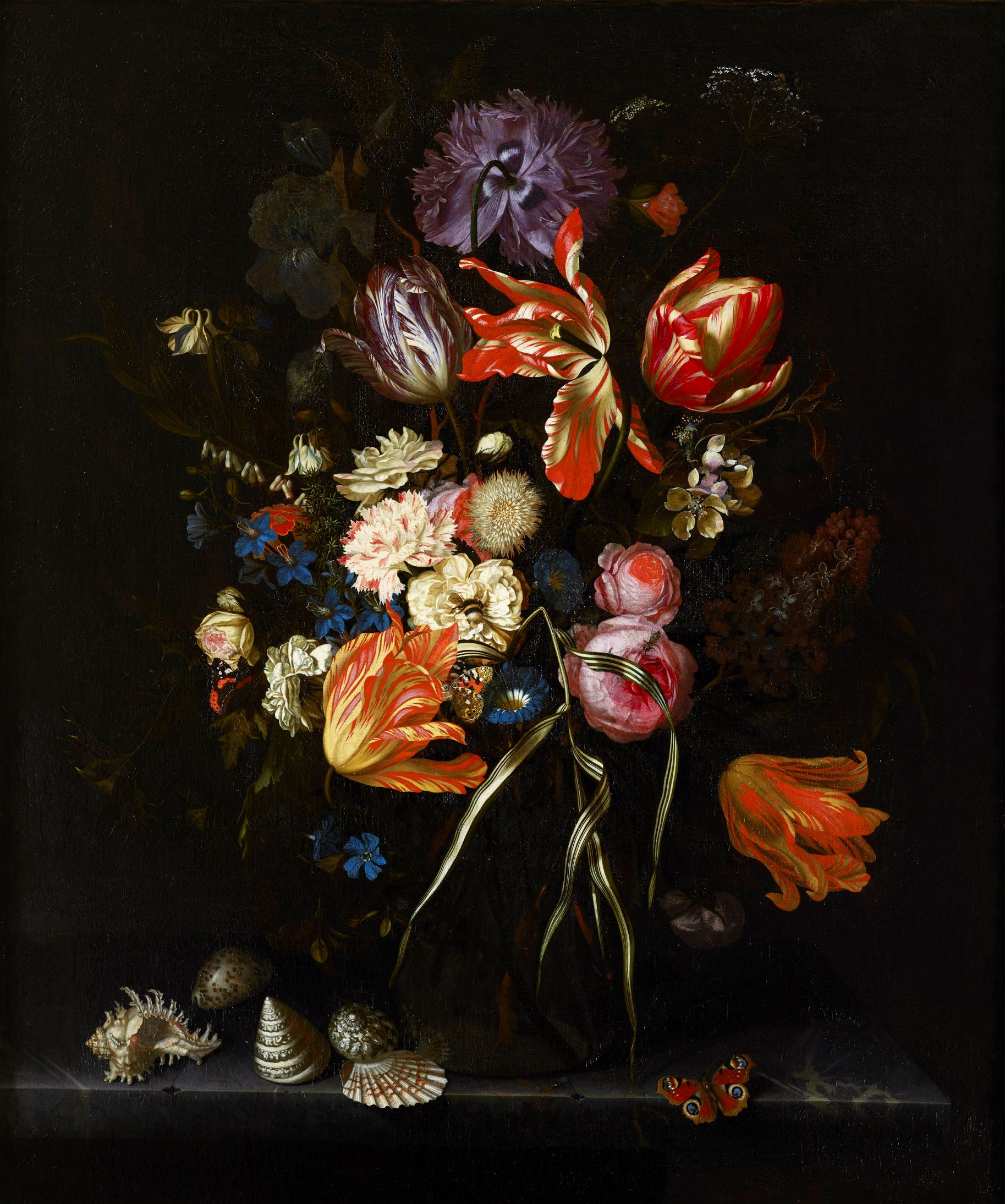
Joslyn Art Museum Adds to European Collection with Still Life by Maria van Oosterwyck CODART
Maria van Oosterwijck Still life painter. Nootdorp, August 27, 1630 - Uitdam, November 12, 1693.. Bosboom-Toussain suggests in her novel "The flower painter Maria van Oosterwijk" (1862) that she in the last years of her life "some little flowers painted on paper - with pencil or watercolor - for a pleasant pastime, and which time.
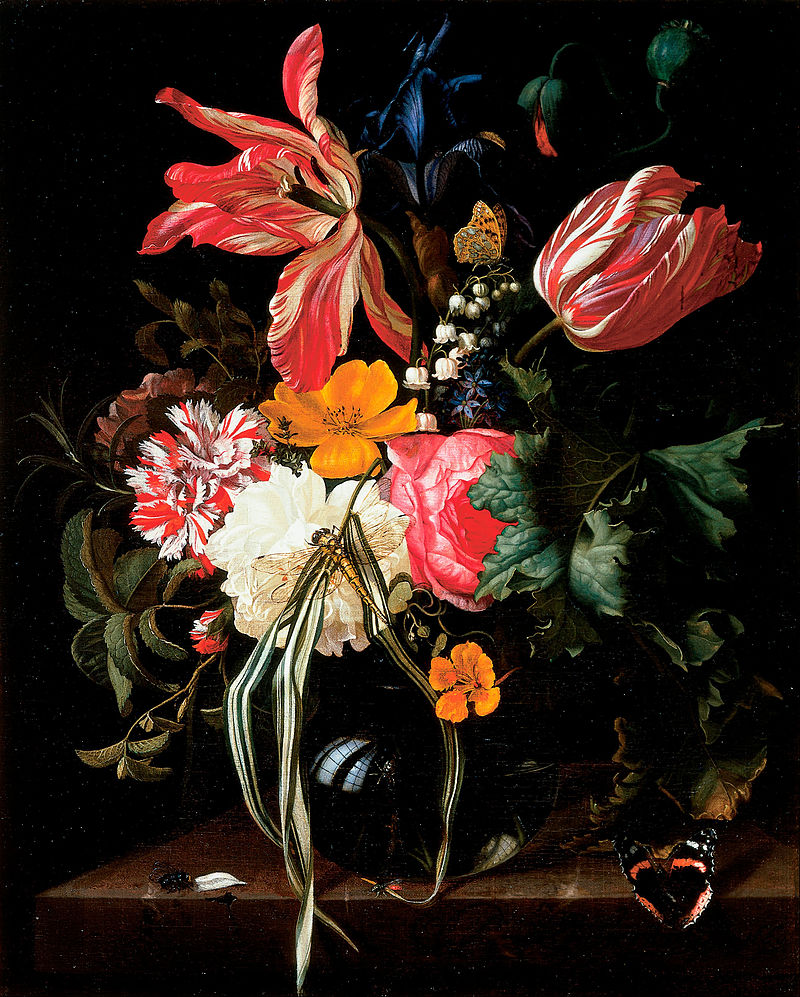
Flower Still Life (1669)by Maria van Oosterwyck SECRET IMAGES
In the artwork, Maria van Oosterwyck (Nooddorp, near Delft 1630-1693 Uitdam), the artist kept the same approach of depicting still-life objects over a darker background. However, this time, Maria used the items like a skull with a wreath of morning glory, oranges, a book, a pocket watch, and opened chest with biblical scenes and a pair of stone.